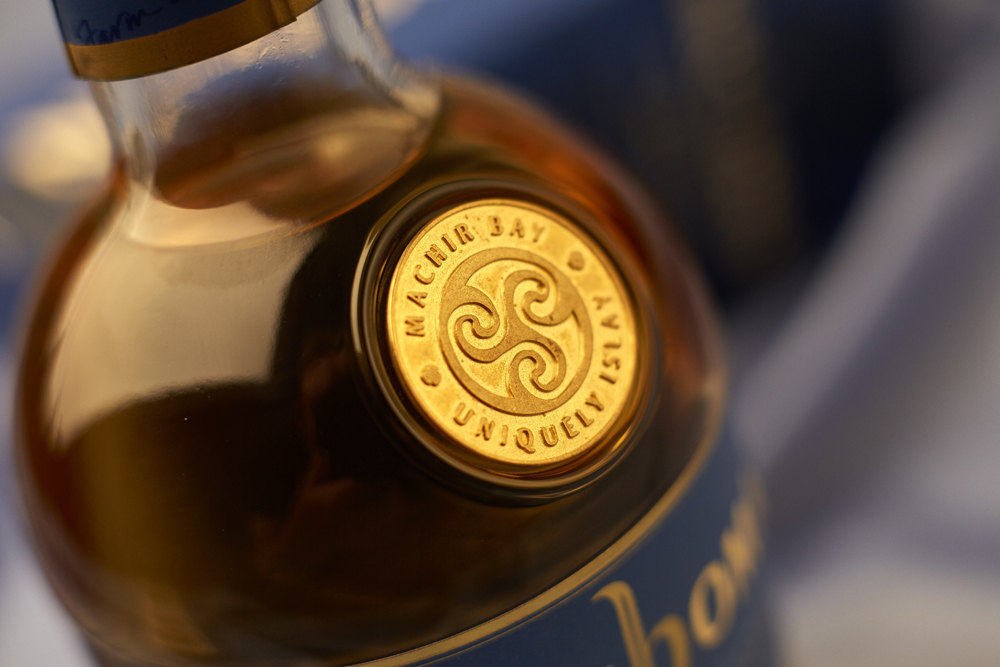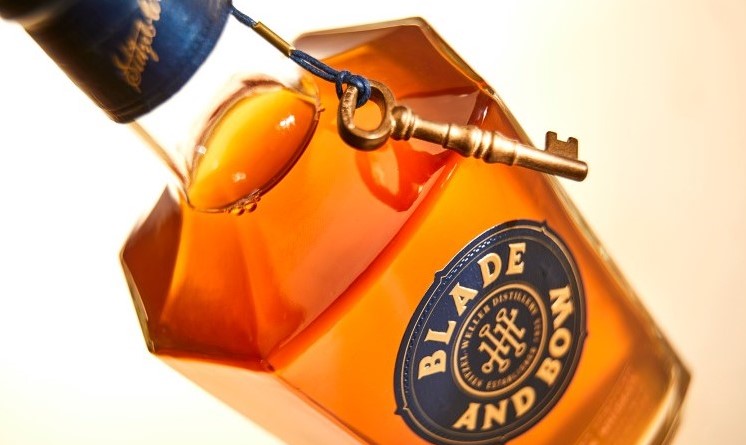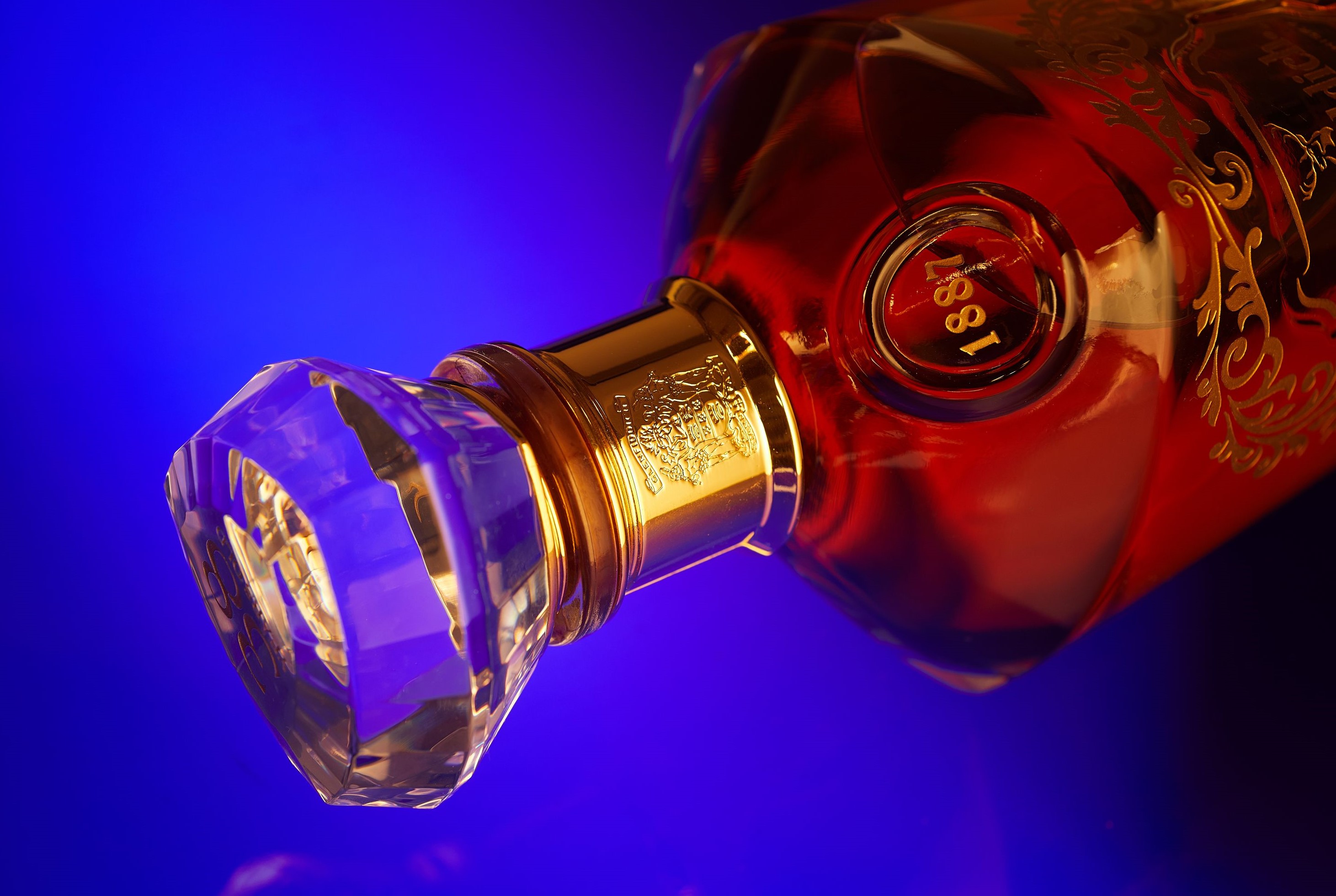We’ve all heard of aged spirits before – often alongside the explanation that the longer it’s been aged, the better it’s supposed to be. But it’s difficult to know the difference between spirits that are distilled and ready to go, and those that have been carefully aged. What exactly is ageing alcohol, and what benefits does it provide to spirits such as whisky?

Put simply, ageing is when distilled spirits are placed in barrels to age for a specific period of time, but the minimum period tends to be three years for whisky. The whole purpose behind ageing spirits is to reduce the harsher flavours that are associated with raw alcohol, while introducing flavours that are found in the wood of the barrel, which adds a distinct taste. The spirits that are often aged as part of their production processes are whisky and brandy, as this is crucial to the creation of these spirits; however, rum and tequila are also popular choices to be aged.
The casks or barrels that are used to age the alcohol are typically made of oak. These can be charred, as this can open up the wood, making it easier for the spirits to absorb and extract the flavour. Other types of wood can be used, but this is dependent on what the final flavour profile of the spirit is supposed to be – as different types of wood can significantly change the profile.

With the general consensus being that the older the whisky, the better the taste, the differences between whisky that’s been aged for 3 years versus one that’s been aged for 15 years can sometimes be easy to distinguish. Typically, a young whisky tends to have a traditional spirit taste, which can be harsher and one dimensional. Whiskies that are aged for longer in the cask tend to lose this harsher flavour and become more complex in taste, as it is more full-bodied, featuring a longer finish.
However, it goes without saying that all whiskies are different. There are even examples of 10-year-old whiskies being more complex than 15-year-old ones. It’s also crucial to remember that it’s partially down to your own personal taste, and what you enjoy in your whisky.

We’d love to find out more about your product or brand and we’d be delighted to arrange a consultation to discuss your product embellishment needs – simply fill in the form and we’ll be in touch.
Alternatively, give us a call on 01733 396080